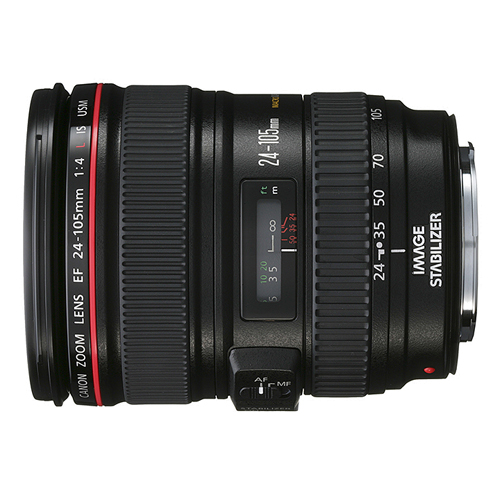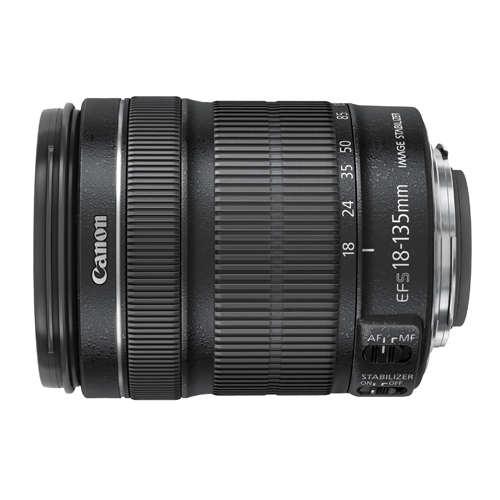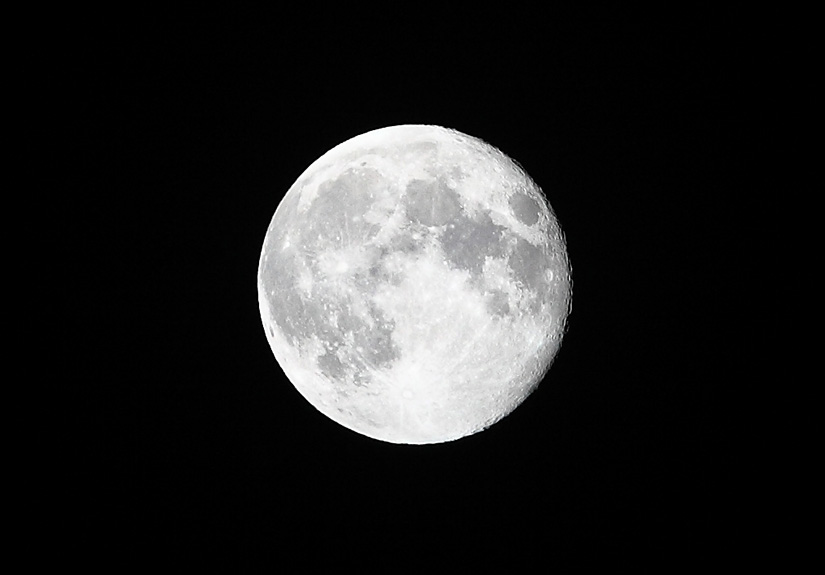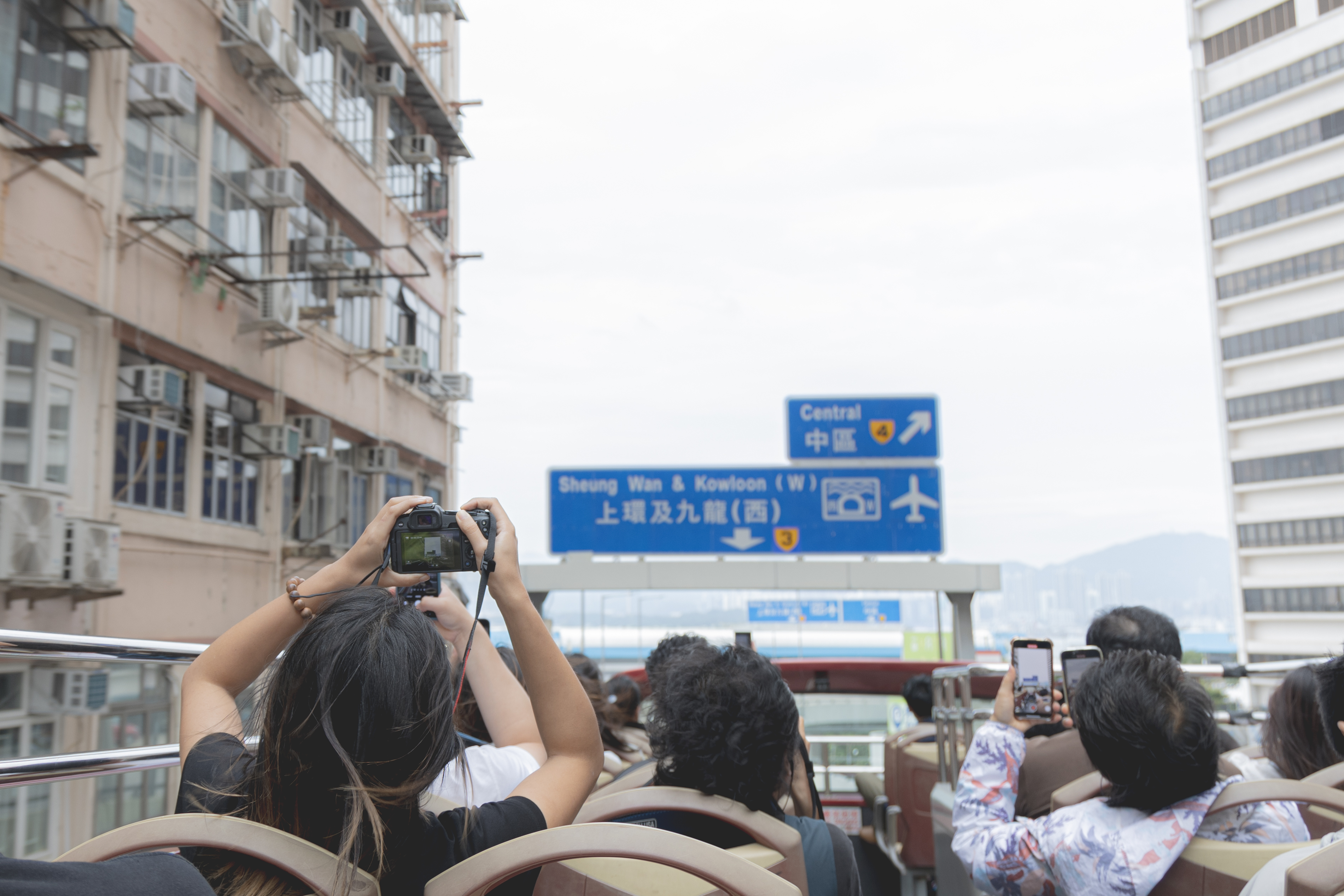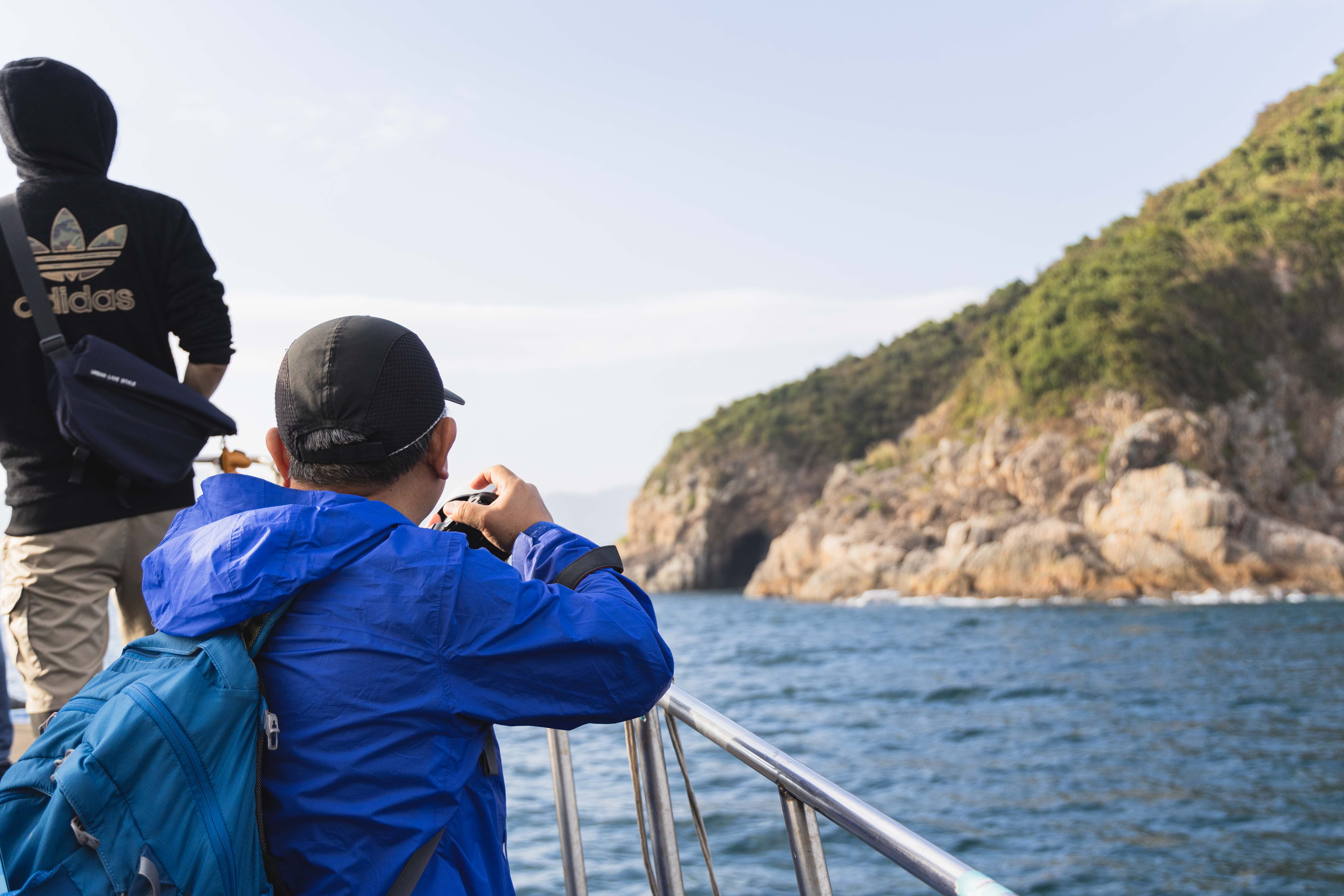Long Exposure Photography Skills for
Lunar New Year Fireworks
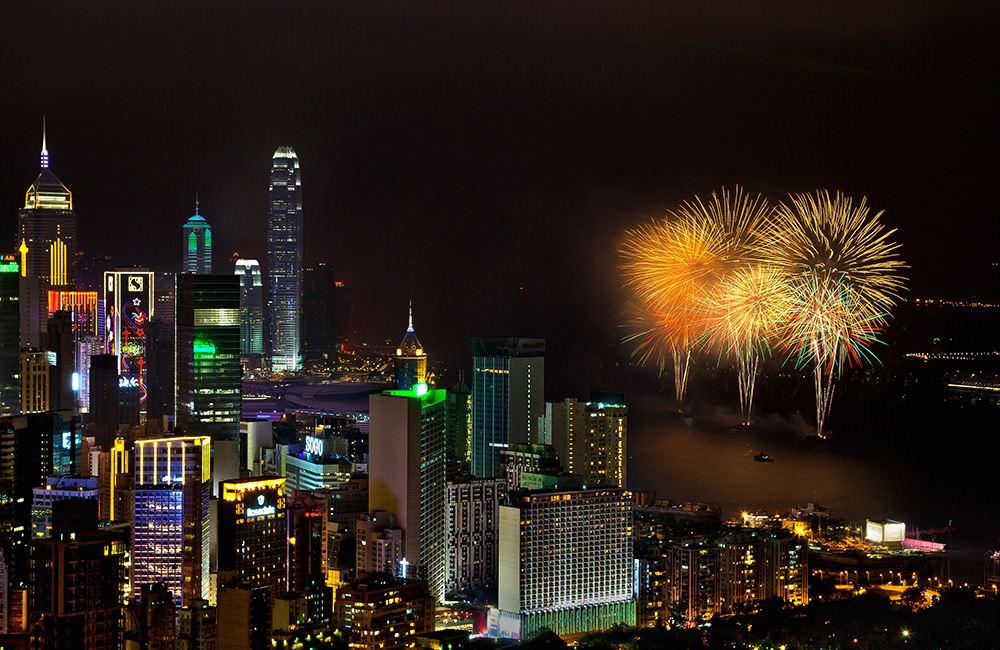
Title:《煙花耀維港》 Club Canon Member:Kenny
EOS 5D Mark II • EF 24-105mm f/4L IS USM • 4s • f/16 • ISO 100
EOS 5D Mark II • EF 24-105mm f/4L IS USM • 4s • f/16 • ISO 100
Equipment Preparation
Medium Range Zoom Lens
A zoom lens can offer more flexibility than a prime lens for firework photography. We can change the lens’ focal length to achieve the ideal composition quickly for different sizes and scales of fireworks. For example, the wide end can be used to include the surrounding buildings in the composition, while we can quickly switch to the tele end for a close-up shot of firework burst.
Sometimes we may not be able to find a good shooting location in a crowded event. When we are rather far away from the firework display, the tele end can help us close the distance and avoid photographing the crowds and unnecessary objects in the photos.
Sometimes we may not be able to find a good shooting location in a crowded event. When we are rather far away from the firework display, the tele end can help us close the distance and avoid photographing the crowds and unnecessary objects in the photos.
Sturdy Tripod
It takes long exposure to photograph fireworks, and a sturdy tripod is crucial. It can prevent ruining a photo because of slight camera shakes, and can also facilitate the shooting using black card and shutter release cable.
Shooting Mode - Bulb Mode

Blub mode allows the setting of exposure times under the control of the photographer. For subjects like this, as we can not predict the time and duration of a firework burst, bulb mode that allows us to react quickly to different situations is the best shooting mode to use.
Accessory - Black Card

It is unpredictable when a firework starts to explode. It will be gone in the air if we press the shutter only after seeing it happening. Using a black card and the camera’s bulb mode to shoot can be of great help. Covering the lens with the black card is a technique to block the lights from entering like a shutter curtain. Remove the card quickly at the time of the firework burst. This can allow the lights to enter the lens like an opened shutter curtain. After exposure is done, return the card to the front of the lens and switch off the bulb mode. You can achieve the compositions as desired after practices.
Accessory - Shutter Release Cable

Slight camera shake may occur when we press the shutter button. A shutter release cable can be used instead to avoid direct contact with the camera’s shutter button to minimize any possibilities of a blurry photo.
Apart from the physical shutter release cable and remote controller, some new DSLR cameras like EOS 6D and 70D support the use of EOS Remote, a Canon’s mobile app, for more convenient shutter control.
Apart from the physical shutter release cable and remote controller, some new DSLR cameras like EOS 6D and 70D support the use of EOS Remote, a Canon’s mobile app, for more convenient shutter control.
Turn off Long Exposure Noise Reduction

We may turn on the camera’s built-in long exposure noise reduction function when photographing night landscapes in order to minimize the noise level. However, the camera normally takes a while to process the noise reduction algorithm. The processing which takes a few seconds may result in a loss of chance to capture the next firework.
Use Manual Focus

When it comes to taking landscape photos like fireworks which require a high level of precision, even a waste of half a second is unaffordable. Auto-focus is not suggested as it can not achieve accurate focusing in dark environment. Prior to shooting, we should pre-set the focus manually on the surrounding buildings or set the focus to infinity.
Shooting Locations
In general, both sides of the Victoria Harbour are good locations to photograph Lunar New Year Fireworks. At the harbour front of Tsim Sha Tsui East, we can include the landmark buildings in Central and Wanchai as the background. In recent years, some people may go to the outdoor parking lot at Ocean Terminal (Harbour City) to shoot (free redemption of entry ticket is required). This place overlooking Star Ferry Pier in Tsim Sha Tsui offers a great view for composition

Title:《Fireworks 2008》 Club Canon Member:Freddy
EOS 5D • EF 17-40mm f/4L USM
EOS 5D • EF 17-40mm f/4L USM


